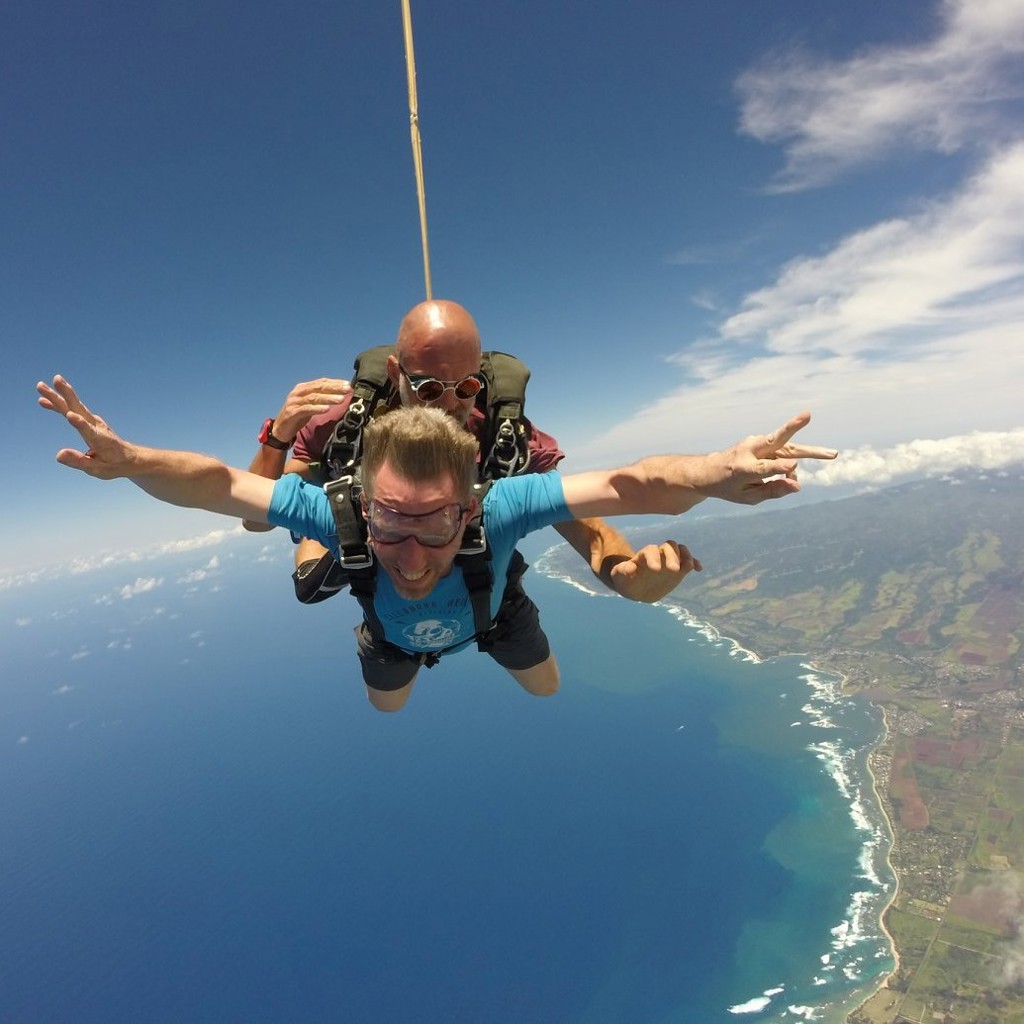Brian Vohnsen
University College Dublin, IrelandFor significant contributions to vision science, including photoreceptor optics and high resolution retinal imaging.

Brian Vohnsen is a man of many interests, and he considered a wide range of careers before deciding on physics. As a child, he thought about becoming a baker or a cartographer, and later in life, he considered becoming a pilot. But when it came time to make decisions about college, he encountered many questions and unknowns. He had always been interested in science, so he decided that should be his field, but doing what? Where should he study? He remembers, “I was so undecided that I [chose] to take a year off and went traveling.” This time away allowed him to learn about himself and what he wanted out of life. His adventures led him to decide on studying engineering at Aalborg University in Denmark, north of his hometown Aarhus.
He settled on Aalborg, not for the subject matter but the teaching style. The engineering department taught the students in groups, and he comments, “you learn through the group work [how] to solve practical problems.” Even though engineering turned out not to be his chosen career, he still found the experience valuable. Soon, he was able to transition into the field of optics, completing a PhD in Nanooptics at the same university and later serving as an Assistant Professor with his former lecturers as colleagues. After three years, he felt the need for a change, so he pursued the Marie-Curie Fellowship, which led him to Spain and the field of visual optics and retinal imaging. After seven years in Spain, he concluded that more opportunities might be available in other countries and moved to Ireland in 2008 and has remained at the University College Dublin ever since.
Over the years, Brian has explored numerous research areas, always following new interests and his curiosity. Today, he is most excited about his work with the retina, an interest inspired by a brief exploration of the Stiles-Crawford Effect in 2004. What started as an interesting tangent has now turned into a fulfilling research area. He currently works to understand how the retina works and to educate others on its functionality. He shares, “what is really exciting in our research is that we are looking at the three-dimensionality of the retina and what role this plays for vision and retinal imaging.” This work has critical applications, especially in treating and understanding myopia, or shortsightedness, which is expected to affect half of the world’s population by 2050.
Brian is not afraid to pursue his interests and follow what makes him happy. His advice for young scientists is: “Try to look deep inside of yourself more than at what other people are doing. Try to find yourself.” He practices his own advice by traveling and giving himself time and space to think. He shares that his favorite part of the research process is very early on when he’s just thinking about the project, commenting, “Suddenly, you have a bright idea on something. Then…I come home and start to develop it. It might be quick, or it might be something [that lasts a few years].”
The society has been essential for Brian’s career. While at Aalborg University, he discovered the society's print journals and spent afternoons in the library reading through the issues. He then became involved with FiO and later as an editor of Optics Letters. Brian believes that the society shares his philosophy of doing science not only to solve problems but to learn and to make a difference. The camaraderie he feels among members, the opportunities, and the shared mentality all lead to Brian calling the society his professional home.
Photo Credit: Brian Vohnsen
Profile written by Samantha Hornback
